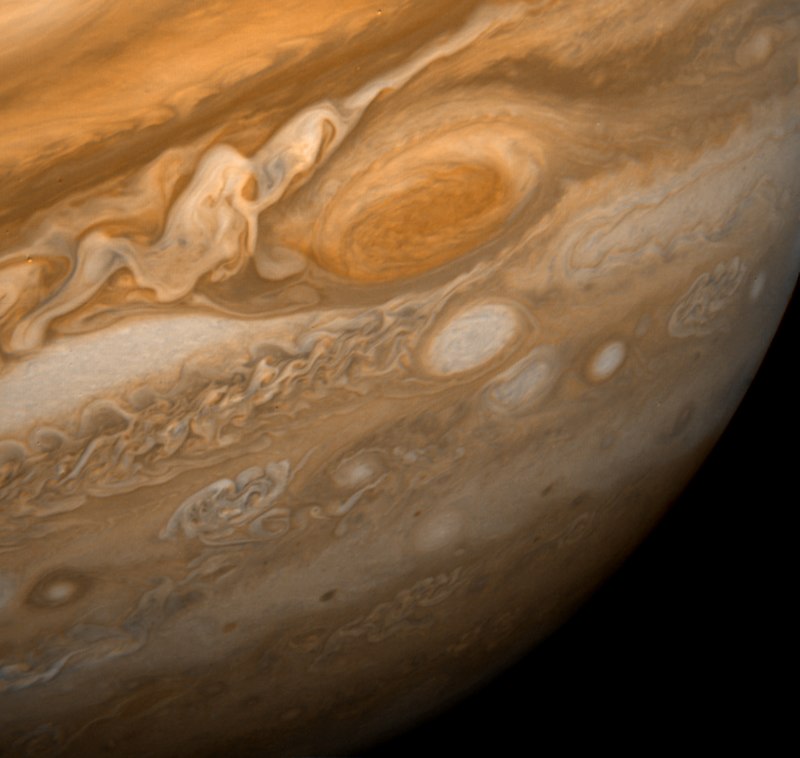GJ 12b: New Insights on Earth-Like Exoplanet Density and Habitability

In a groundbreaking study published on June 27, 2025, researchers have unveiled significant findings regarding the exoplanet GJ 12b, which exhibits an Earth-like density and temperature conducive to potential habitability. GJ 12b is an Earth-sized planet orbiting an inactive M dwarf star, presenting an alternative to the well-studied TRAPPIST-1 system for atmospheric characterization. The research, led by Madison Brady and colleagues, utilized MAROON-X radial velocity observations to determine that GJ 12b has a mass of approximately 0.71 ± 0.12 Earth masses and a radius of about 0.96 ± 0.05 Earth radii, suggesting a density comparable to or less than that of Earth. This characteristic raises the possibility of significant water presence or a low bulk iron mass fraction, critical factors for assessing habitability.
The findings indicate that GJ 12b's equilibrium temperature is roughly 300 K, aligning closely with conditions found on Earth. According to Dr. Jacob Bean, an astrophysicist at the University of Chicago, "The moderate evidence of GJ 12b's eccentric orbit (approximately e ~ 0.16) could allow for the sustainability of a secondary atmosphere through processes such as tidally-induced volcanism, which could be essential for maintaining life-sustaining conditions."
Historically, the study of habitable exoplanets has gained momentum with advancements in telescope technology, notably the James Webb Space Telescope (JWST). These tools have enabled astronomers to probe the atmospheres of potentially habitable planets more effectively. Dr. Nina Brown, an expert in astrobiology at Stanford University, emphasized that "the ability to characterize the atmospheric conditions on GJ 12b could provide invaluable insights into the diversity of planetary environments in our galaxy."
The study also highlights challenges posed by stellar activity when observing exoplanets. Dr. Tanya Das, a researcher in astrophysics at the California Institute of Technology, noted that "unlike the TRAPPIST-1 system, GJ 12b's host star is inactive, which significantly simplifies the study of its atmosphere." This advantage positions GJ 12b as a prime candidate for future observations aimed at elucidating the conditions necessary for life beyond Earth.
The implications of these findings extend beyond GJ 12b itself, as they contribute to the broader understanding of planetary formation and the potential for life in the universe. As the search for Earth-like planets continues, GJ 12b stands out as an exemplar of what future research could reveal about our cosmic neighborhood. The research team anticipates that the upcoming observations using JWST will provide even more clarity regarding GJ 12b's atmospheric composition and habitability prospects, potentially reshaping our understanding of where life might exist in the cosmos.
This study underscores the importance of continued investment in astronomical research and technology. As Dr. Brady concluded, "The more we learn about planets like GJ 12b, the closer we come to answering the age-old question of whether we are alone in the universe." The research further establishes GJ 12b as a critical focus for future explorations in astrobiology, potentially paving the way for groundbreaking discoveries regarding life beyond Earth.
Advertisement
Tags
Advertisement





